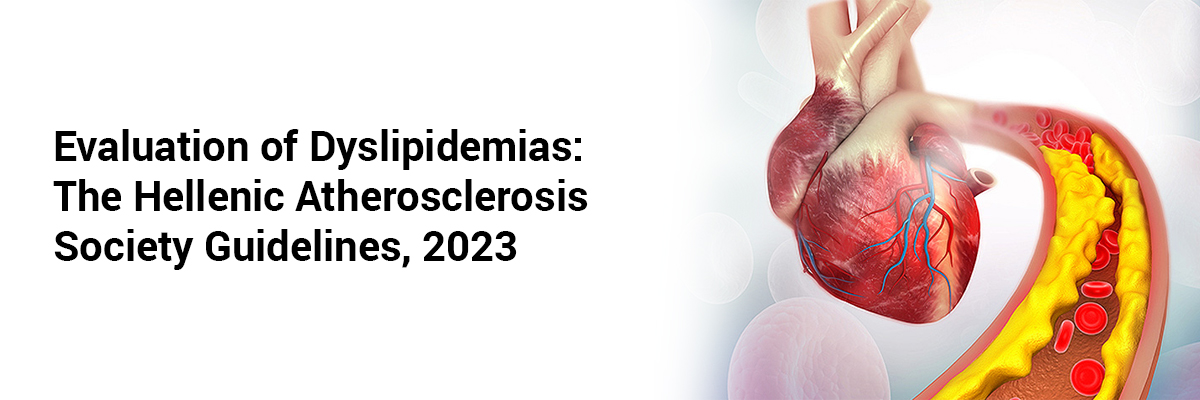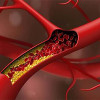
Evaluation of Dyslipidemias: The Hellenic Atherosclerosis Society guidelines, 2023
Atherosclerotic cardiovascular disease (ASCVD) remains the leading cause of death globally, making its prevention, early detection, and treatment crucial. Dyslipidemia is a key risk factor for ASCVD that requires careful management in various clinical scenarios.
The 2023 guidelines from the Hellenic Atherosclerosis Society highlight the evaluation of ASCVD risk, laboratory diagnosis of dyslipidemias, and the use of emerging lipid-lowering therapies. They also address lipid management in specific populations, including women, the elderly, and patients with conditions like familial hypercholesterolemia, acute coronary syndromes, heart failure, stroke, chronic kidney disease, diabetes, autoimmune disorders, and non-alcoholic fatty liver disease. Statin intolerance is also discussed.
- The guidelines recommend using HellenicSCORE II, a new ASCVD risk model based on data from the Hellenic National Nutrition and Health Survey (HNNHS), for the Greek population. This model, available online, helps assess ASCVD risk, though it is not applicable for patients with familial hypercholesterolemia, diabetes, chronic kidney disease, or established ASCVD.
- Patients are classified into four ASCVD risk groups: very high, high, moderate, and low, based on specific characteristics such as coronary heart disease, ischemic stroke, diabetes, and lipid levels.
|
ASCVD
Risk Groups |
Patient
Characteristics |
|
Very
High ASCVD Risk |
Diagnosed
coronary heart disease (CHD) History
of ischemic stroke or transient ischemic attack (TIA) Peripheral
artery disease (PAD) Atherosclerotic
arterial stenosis >50% Abdominal
aortic aneurysm Familial
hypercholesterolemia with ≥1 major risk factor Type
2 diabetes with target organ damage or ≥3 major risk factors Type
1 diabetes for over 20 years Stage
4 chronic kidney disease (eGFR <30) HellenicSCORE
II ≥10% |
|
High
ASCVD Risk |
HellenicSCORE
II: 5–10% One
severe risk factor (e.g., stage 3 hypertension, heavy smoking, LDL-C >190
mg/dL) Familial
hypercholesterolemia without major risk factors Diabetes
>10 years with 1–2 major risk factors Stage
3 chronic kidney disease (eGFR 30–60) Autoimmune
diseases or HIV |
|
Moderate
ASCVD Risk |
HellenicSCORE
II: 1–5% Diabetes
<10 years in younger individuals (<45 years for type 2, <35 years
for type 1) without major risk factors |
|
Low
ASCVD Risk |
HellenicSCORE
II <1% |








Please login to comment on this article